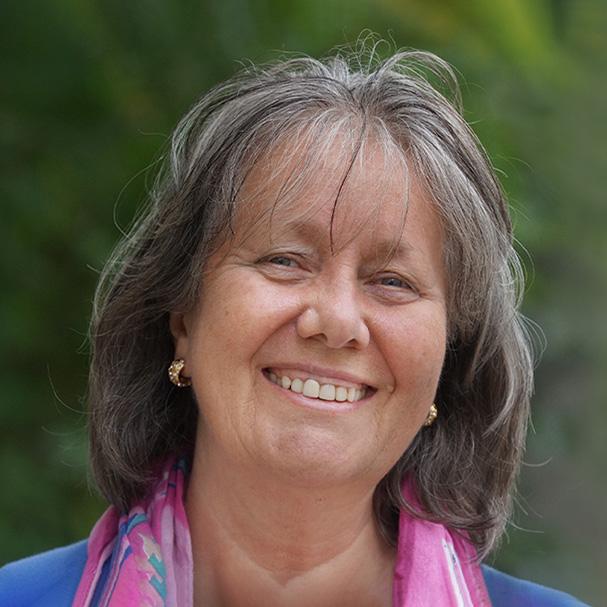This interview was taken by Leela at OSHO International Meditation Resort, Pune, India, at the end of January 2024
Leela: You have been facilitating the Osho Born Again process for many years – here at the Meditation Resort in Pune, and all over the world. Please tell us what this process is about?
Vatayana: Yes, we call this process OSHO Born Again (not to be confused with other ‘born agains’…) And we call it ‘meditative therapy’, a term that Osho coined – and it’s a therapeutic process as well as it’s a meditation. We do it for 2 hours every day for seven days: this is what Osho asked us to do.
So every day for 2 hours… One hour you go into your playfulness, into your innocence, into the quality of what we had as a child, but which had gotten lost. It got lost with education – and it’s so very valuable, but it got buried. So, what we want is to go back to that, and Osho says, of the barrier between our daily consciousness and this place of play, “It is like a China wall.” We have to really dig deeply, and this is why we do it every day for seven days.
So for one hour we are going into our playfulness, and we are not using any toys or anything like that – it’s an energy thing. We are going with our energy, with this playfulness, in the group room. It is an individual process and at the same time, it is done in a group atmosphere. The group atmosphere is very supportive, but it is your own process. There’s a minimum of interaction: there will be mattresses, there will be some pillows, maybe some paper to play with and to inspire playfulness. But actually, it is an energy process – once you are in the energy of that childlike quality, then it comes and then you discover it again. It’s a discovery, Osho talks about discovery…
L: So, it works on an energetic level. And can we talk during the session?
V: You cannot talk during the session in your normal language, but you can talk in your childlike language, the one before you learnt real words. You can also sing, but it’s not suggested to sing the songs you know already. So it’s utterings like a baby does, and it’s also singing with sounds that the child has before it learns the words.
L: Who can benefit from this meditative therapy? Is it suitable for everybody?
V: It’s for everybody – it’s for every age, except for those under 16-18 years old. This is because they still have a connection to that space. We’ve lost it; the grown-ups have lost it. I’ve had people on this course who were over 75, and they were so enthusiastic! They loved this process so much and they really got benefit out of it.
Also the whole body will loosen up, because remember how we were as a child – we were running around, jumping, dancing… Endless energy children have! When we look at the energy children have before they go to school, before they have to sit down and be good pupils – then they have all this energy available and they move and they run.
So we are getting access to this source, an endless energy pool is available. It is also the immediacy, the spontaneity… You know, the child is not thinking, “Oh, I need to prepare to go to bed and sleep now…” No, he just lies down, wherever he is, he just lies down, rests, then moves again. So it’s this kind of quality – the spontaneity which we have lost, the immediacy of being right now in this energy of the moment. That’s the quality of meditation. That’s why we say that this process is a meditation and is therapeutic.
L: In what way has this meditative therapy brought changes to your life?
V: I would call it ‘holistic health’. I cannot say that it helped me because I had a heart problem, let’s say. It is not focused like that. But as to my overall health, I feel much more in my body, I feel much deeper in my breathing, and through that, the whole of my body – physical, mental, emotional – because release of emotions from that old time is also happening.
Children just scream and cry whenever they want, they are not holding back. In the supermarket children throw a tantrum, but we adults are holding back. This release in the course will create much good for our emotions: we’ll feel much calmer, much more settled.
And we need to mention the second stage, the second hour in the course – sitting silently. During the silent sitting you are going inward and allowing yourself just to be present and to enjoy the silence. That also takes us back to a subtle calmness, relaxation, not being immediately heated up when any issue arises. All of this gives us what I call ‘holistic health’.



